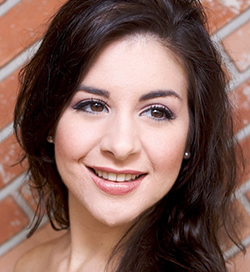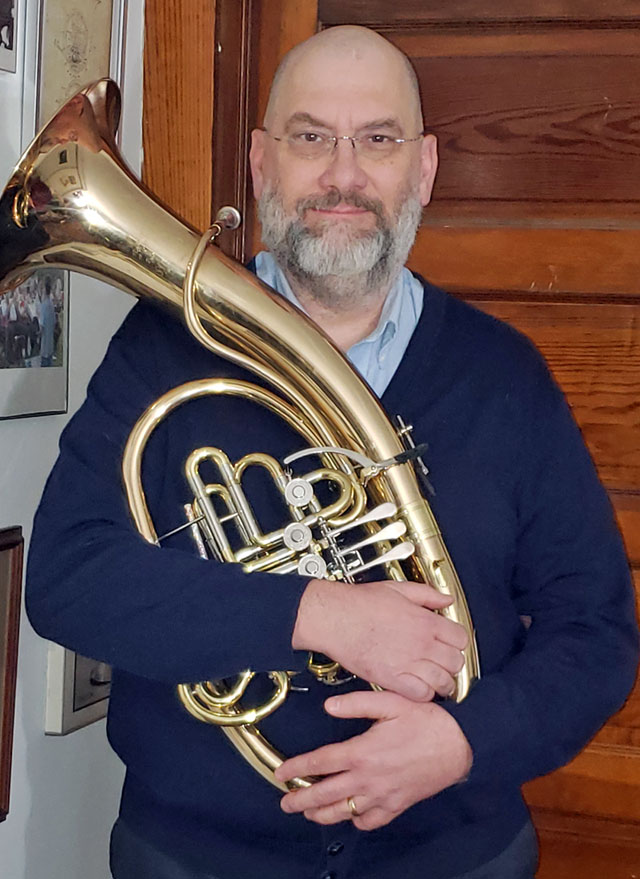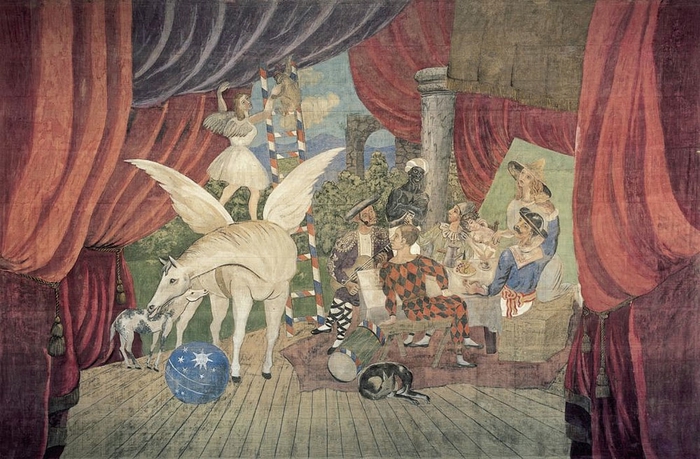by Nicholas Stevens

St. Paul’s Episcopal Church in Cleveland Heights made an ideal venue for this performance on Sunday afternoon, February 24. With its narrow stretch of vaulted ceiling, leading to a broad dais where the instrumentalists perched, the space allowed the Orchestra to cut loose without overwhelming the audience and still enliven the shared air in soft passages.
Guest conductor Dean Buck took charge from the first, cueing and conveying pulse with absolute assurance and decisive hand and forearm motions. Verdi’s Overture to La Forza del Destino commenced with aggressive, angular gestures that yielded to melting, emotive slower sections. The trombones and tuba served as a solid foundation for a unified brass sound in this impressive opener, before taking a break for the middle portion of the program.
The temporarily smaller Orchestra’s rendition of Mozart’s Exsultate, Jubilate placed soprano Angela Mortellaro, who sang with strength, presence, and consistent vibrato, in the spotlight. Unfortunately, that high ceiling, so suitable for the orchestral sound, swallowed some of her coloratura in the first movement. Both helped and hindered by this acoustic quirk at the cadenza, her voice became a shimmering, almost disembodied sound.


Without those notes, one could hardly appreciate the import of such attention-grabbing moments as the typewriter solo, all of which corresponded to precise visual cues in the original multimedia event. Hallucinatory to begin with, and made more surreal by the substitution of a church for the onstage circus tent of the original, Parade made for a strange closer. Yet Heights Chamber Orchestra, led firmly and fearlessly as ever by Buck, demonstrated the value of taking such substantial risks.
Published on ClevelandClassical.com March 8, 2019.
Click here for a printable copy of this article



